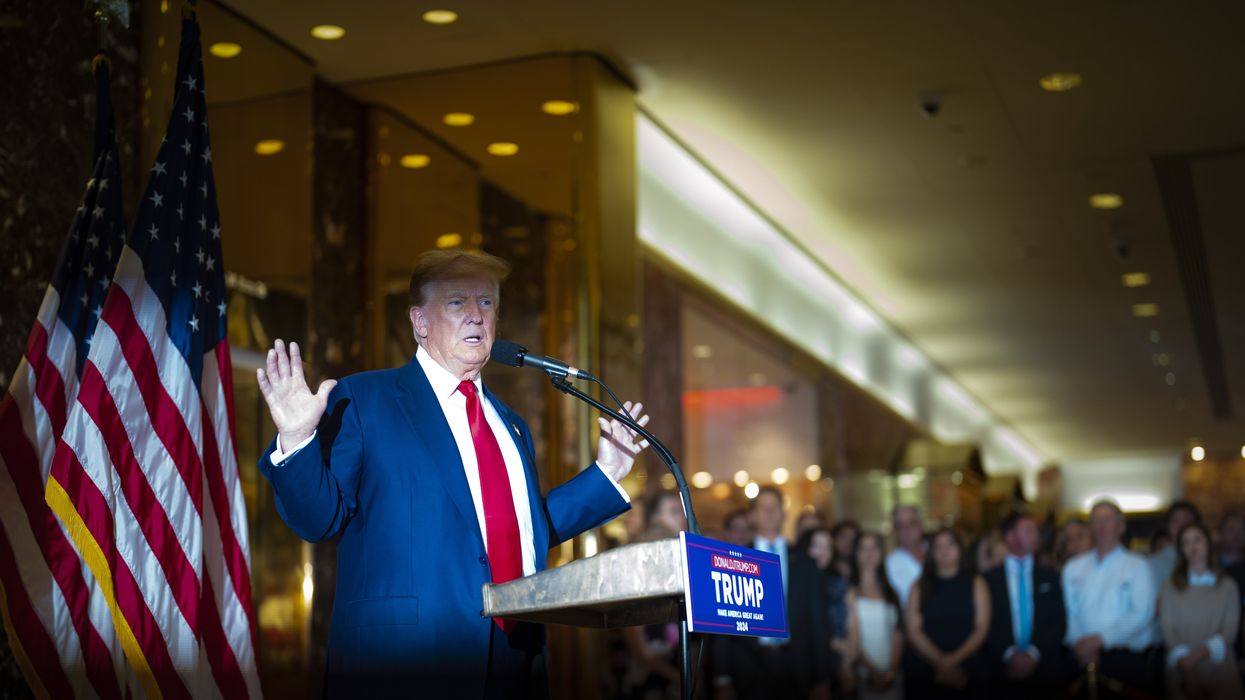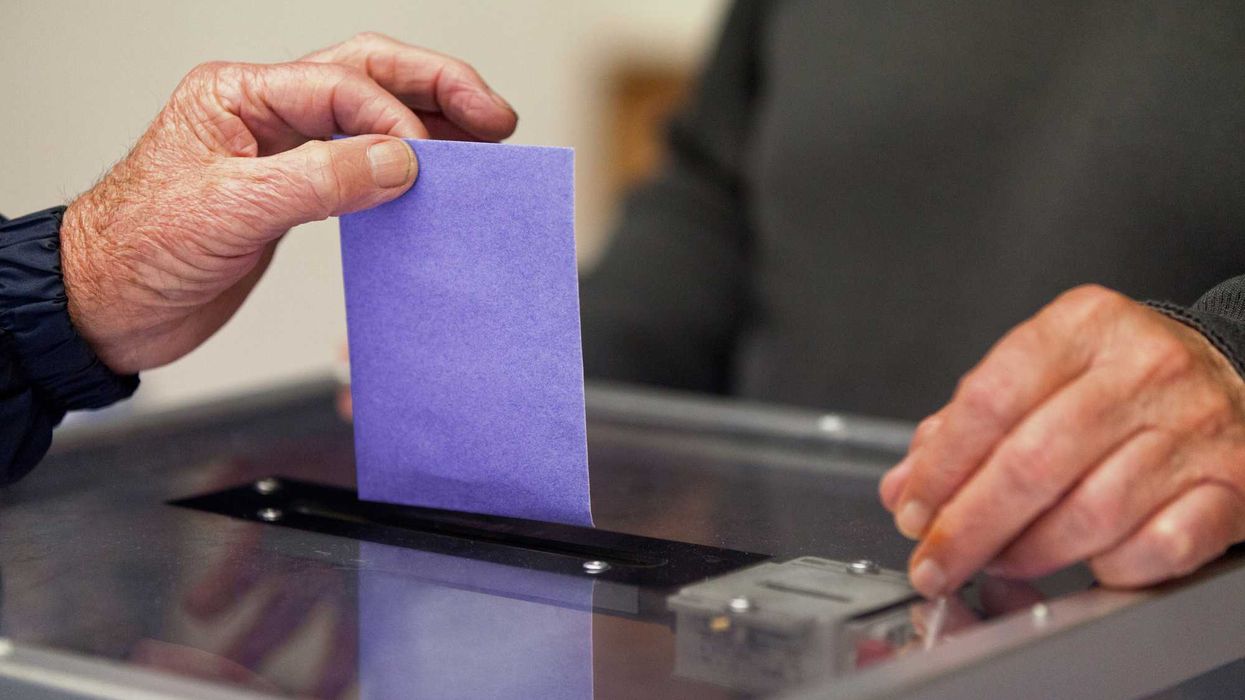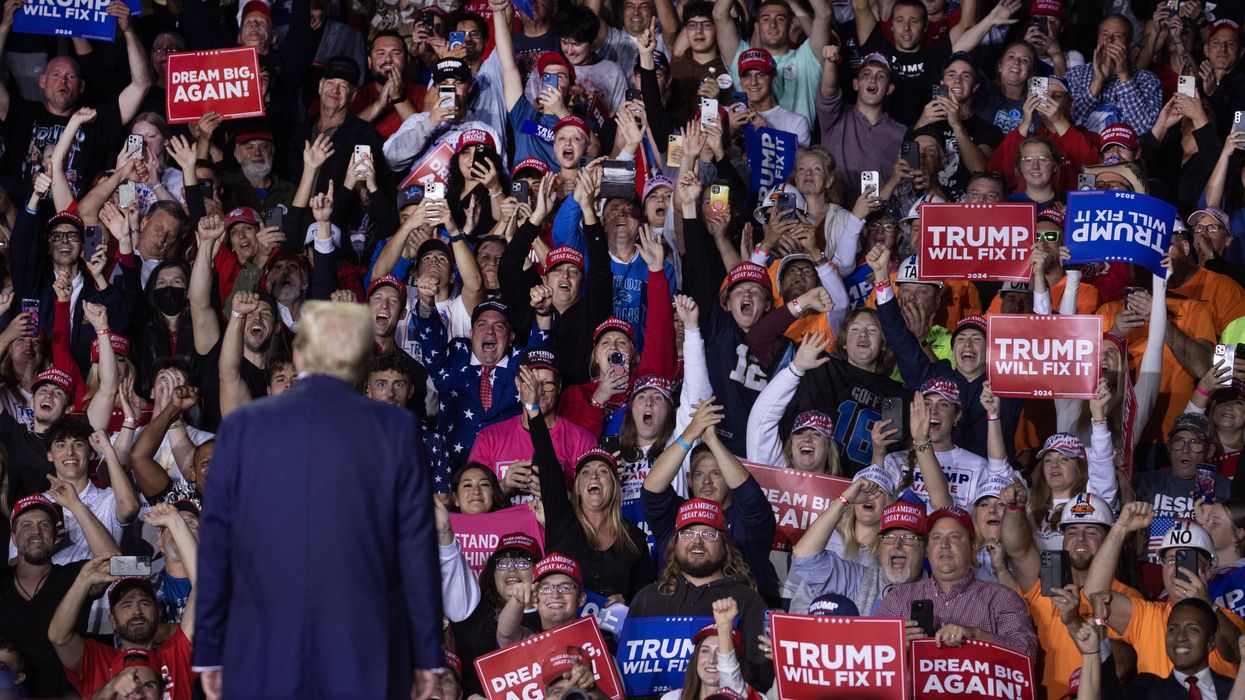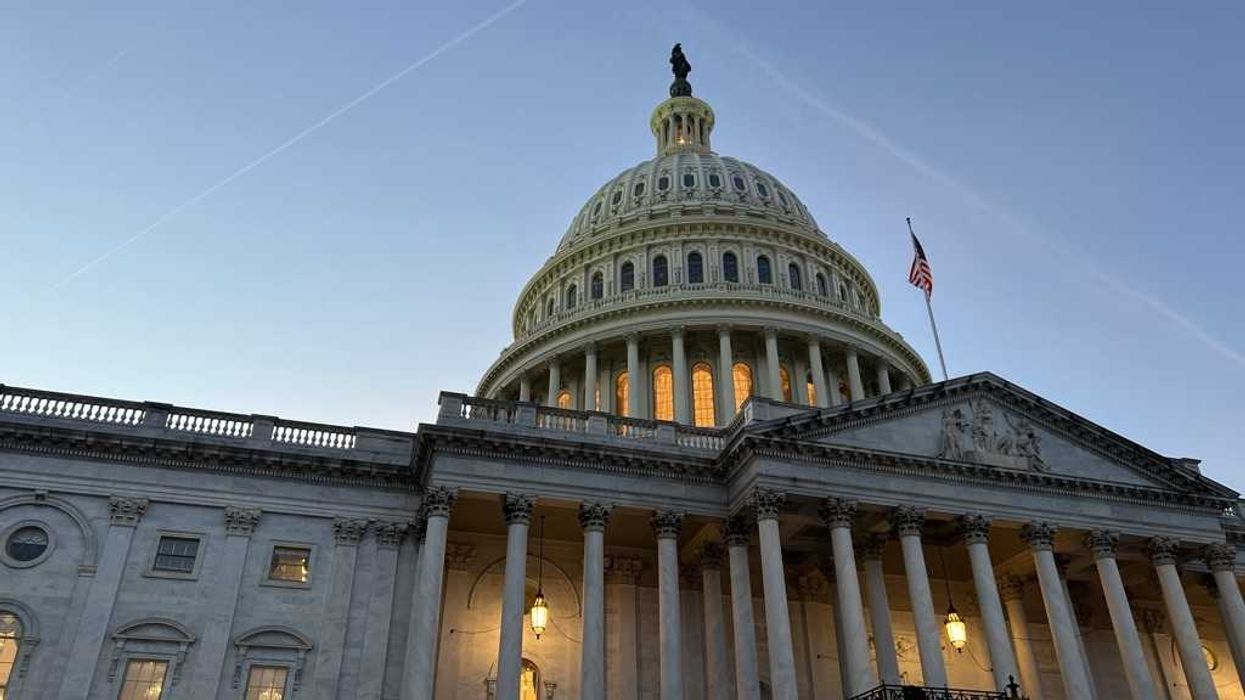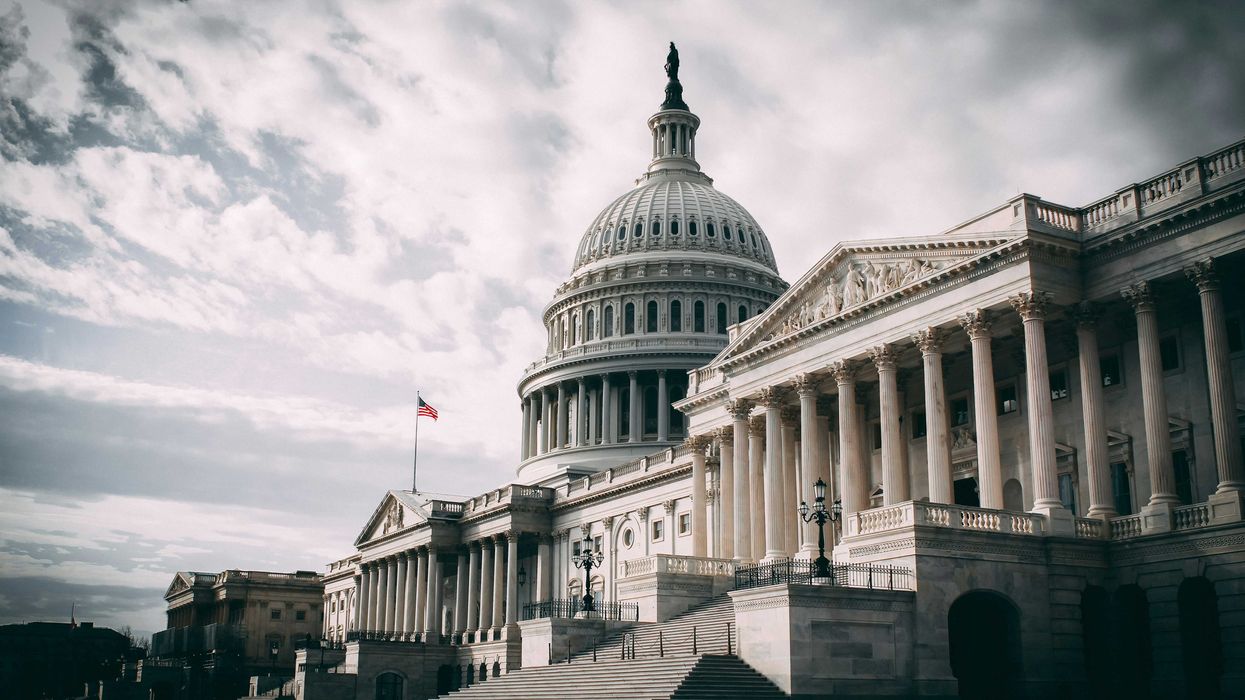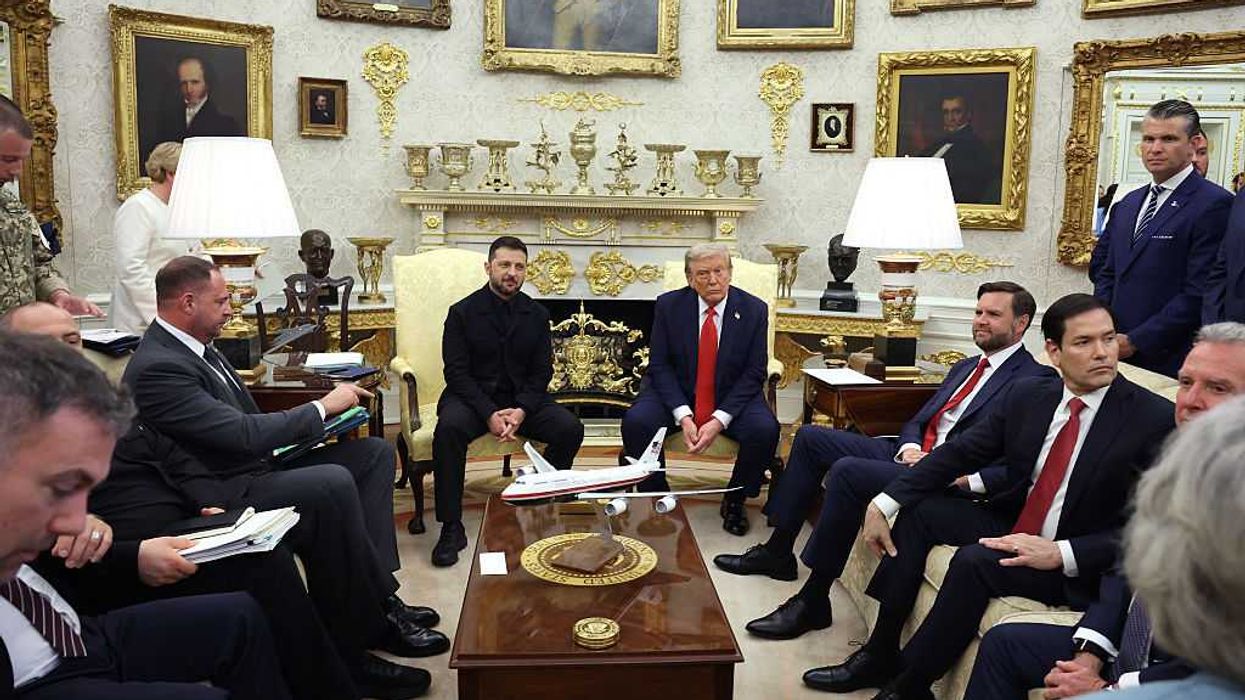Butler is a husband, father, grandfather, business executive, entrepreneur, and political observer.
We have all been exposed to the nationally embarrassing circus often labeled the “hush money” trial of former President Donald Trump. But I suspect most of us have not read the actual charges on which he has now been convicted. I am not going to address the claims that the whole trial was rigged or that the verdict was in the bag in some way. But I will simplify these charges and point out some interesting aspects of this travesty.
But first let me state that I am not a Trump supporter (nor am I a Joe Biden supporter). I have voted in every presidential election since turning 18. I did not vote for Trump in 2016, nor in 2020, nor will I vote for him in 2024. I also did not vote for Hillary Clinton or Biden. I think our presidential choices in recent years have gone from bad to worse, and we deserve better.
With that in mind, consider the following distillation of the 34 counts against Trump.
“THE GRAND JURY OF THE COUNTY OF NEW YORK, by this indictment, accuses the defendant of the crime of FALSIFYING BUSINESS RECORDS IN THE FIRST DEGREE, in violation of Penal Law §175.10, committed as follows: The defendant, in the County of New York and elsewhere, on or about [various dates ranging from February 14, 2017 through December 5, 2017], with intent to defraud and intent to commit another crime and aid and conceal the commission thereof, made and caused a false entry in the business records of an enterprise, to wit, [transaction details and “enterprise” details], and kept and maintained by the Trump Organization.”
All 34 charges are essentially for the same activity spread out over a period of time and involving different types of records and two different organizations. Each count has identical language except for the various dates, the transaction details and the “enterprise” details.
For example, the transaction details and enterprise details of the first four counts are as follows:
- Count one: “… an invoice from Michael Cohen dated February 14, 2017, marked as a record of the Donald J. Trump Revocable Trust …”
- Count two: “… an entry in the Detail General Ledger for the Donald J. Trump Revocable Trust, bearing voucher number 842457 …”
- Count three: “… an entry in the Detail General Ledger for the Donald J. Trump Revocable Trust, bearing voucher number 842460 …”
- Count four: “… a Donald J. Trump Revocable Trust Account check and check stub dated February 14, 2017, bearing check number 000138 …”
Counts five through seven are of the identical format except that there is one Detail General Ledger entry for the invoice instead of two.
Beginning with counts eight through 10 there is a slight difference in who the records belonged to:
- Count eight: “… an invoice from Michael Cohen dated April 13, 2017, marked as a record of Donald J. Trump …”
- Count nine: “… an entry in the Detail General Ledger for Donald J. Trump, bearing voucher number 858770 …”
- Count 10: “… a Donald J. Trump account check and check stub dated June 19, 2017 …”
Counts 11 through 34 are again identical in nature. For each of nine months from April through December 2017, there is one count for an invoice from Michael Cohen marked as a record of Donald J. Trump, one count for a Detail General Ledger Entry in the records of Donald J. Trump, and one count for a check issued to pay the invoice by Donald J. Trump.
One interesting note on these charges is that they appear to correspond to 11 monthly invoices from Cohen for legal services. The groups of charges start with an invoice (11 of them, issued monthly between February 2017 and December 2017). Each of those invoices has a voucher for a Detail General Ledger entry (two vouchers for the February invoice) and then each of the invoices has a check that was issued to pay the invoices. Media explanations of the transactions say they were presented as monthly retainer invoices for services but embedded in the amounts was a reimbursement for Cohen’s payment to Stormy Daniels.
Evidently the falsification involved classifying these payments as “legal services” instead of marking a portion of the payments as election-related “hush money.”
But more interesting is who these “falsified” records belonged to: the Donald J. Trump Revocable Trust and Donald J. Trump the person, neither of which is a “business.” A revocable trust is simply a legal tool for organizing your personal assets and ensuring they are distributed per your instructions when you die. They are used to ensure a deceased person’s estate is not subject to the time and expense of a lengthy probate process whereby a court determines how your assets are distributed. They are a common legal tool not just for wealthy people but for anyone who has a sizable estate. Probate requirements vary from state to state but are typically required when the estate exceeds $100,000 (or much less in some states). Placing your assets in a trust can avoid the probate process. The trust will hold investments including even privately held businesses of which Trump no doubt has many. But the trust itself is not a business. Nor is Trump himself personally a business.
Each of the charges states that the records were “kept and maintained by the Trump Organization” but this is merely an administrative service provided for his benefit and which he presumably pays for. The records themselves are the records of Donald Trump and not the Trump Organization or any other business.
Perhaps the invoices themselves were issued to a Trump business. But paying such an invoice personally would suggest Trump understood they were not business expenses, and he therefore chose to pay them from personal funds.
I am no fan of Donald Trump’s morals or ethics, whether personal or business-related, but I do wonder how he can be convicted of falsifying business records based on records that are strictly personal.





